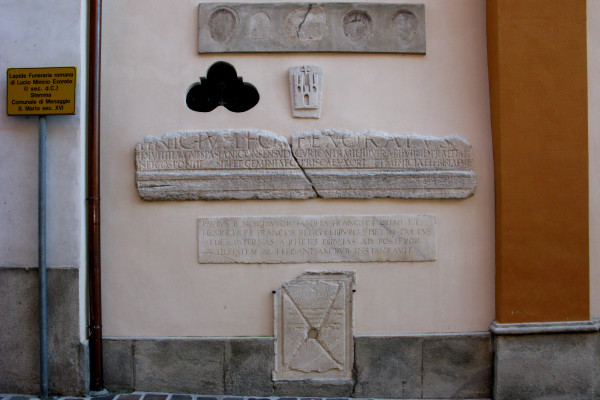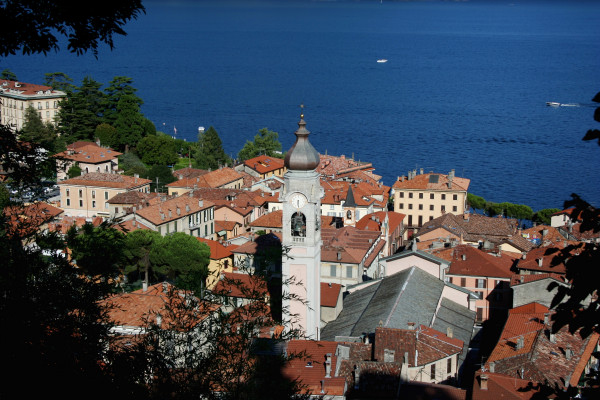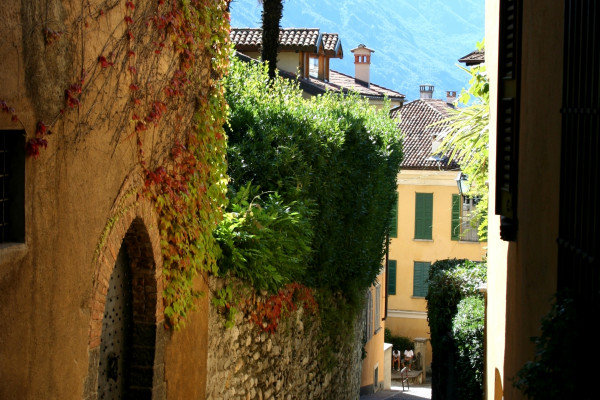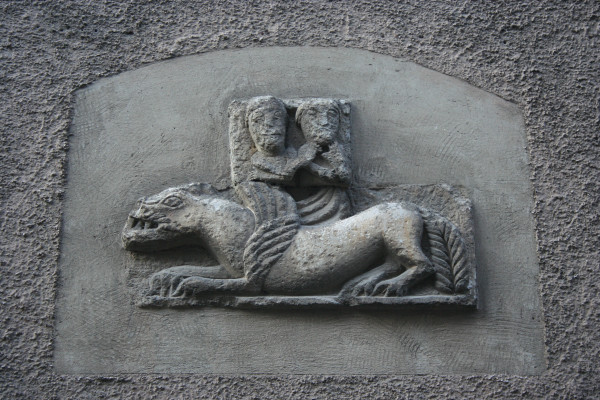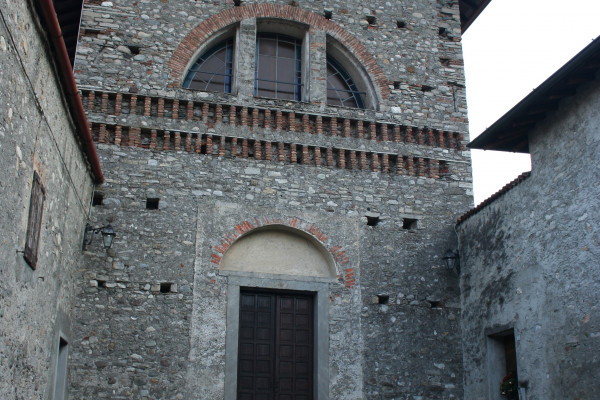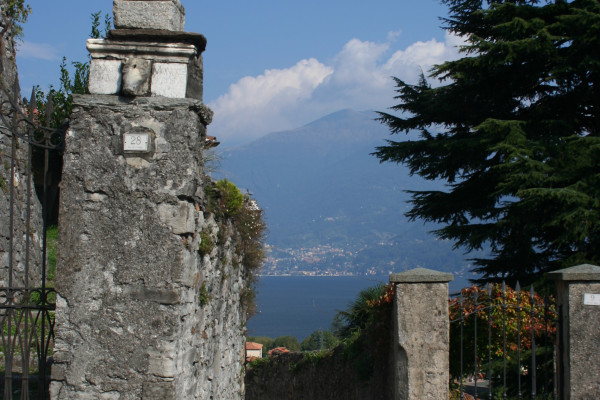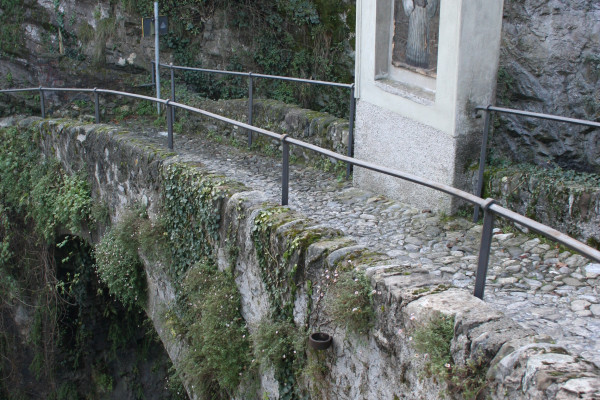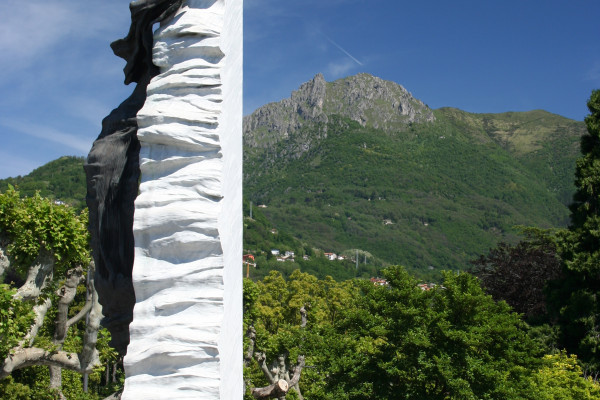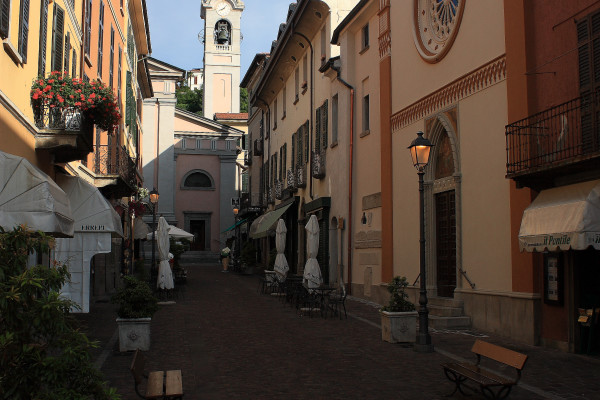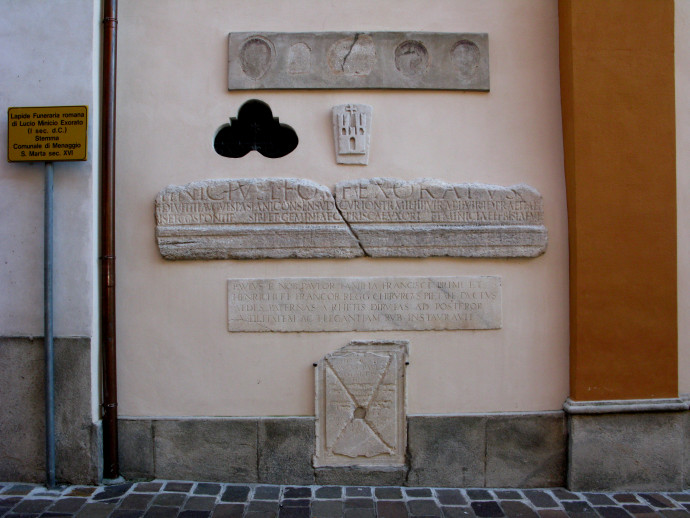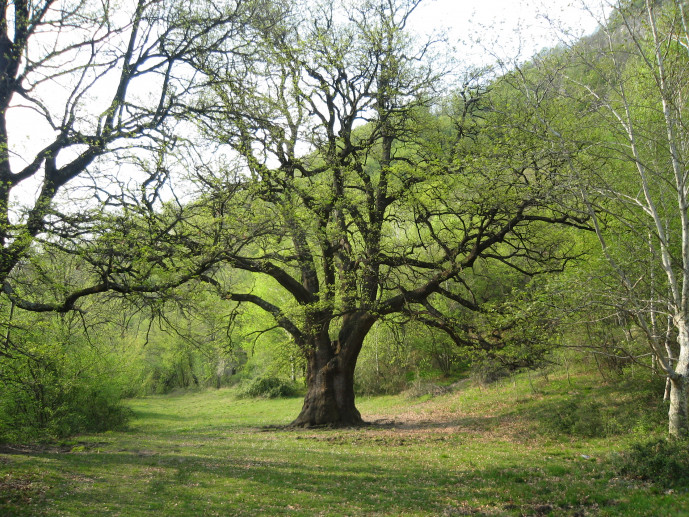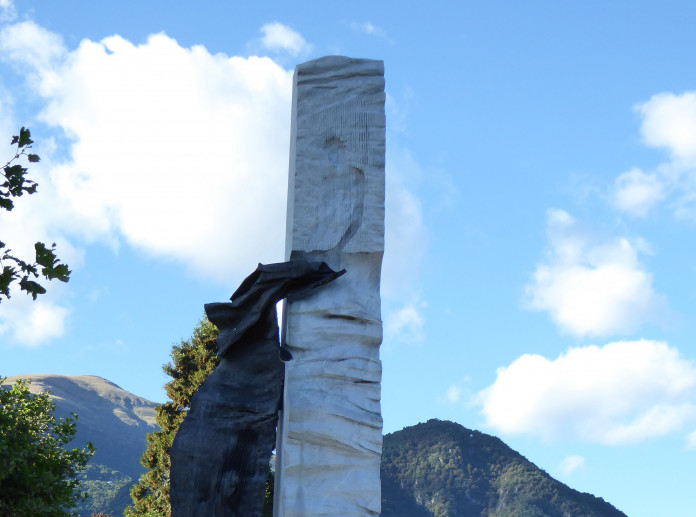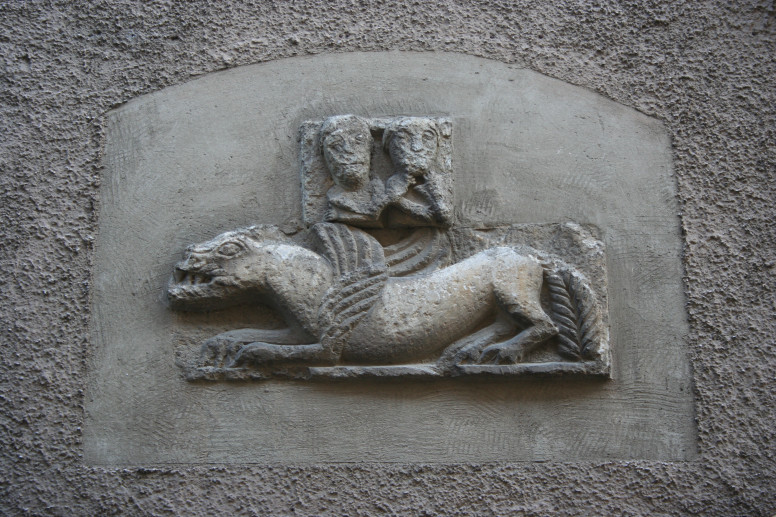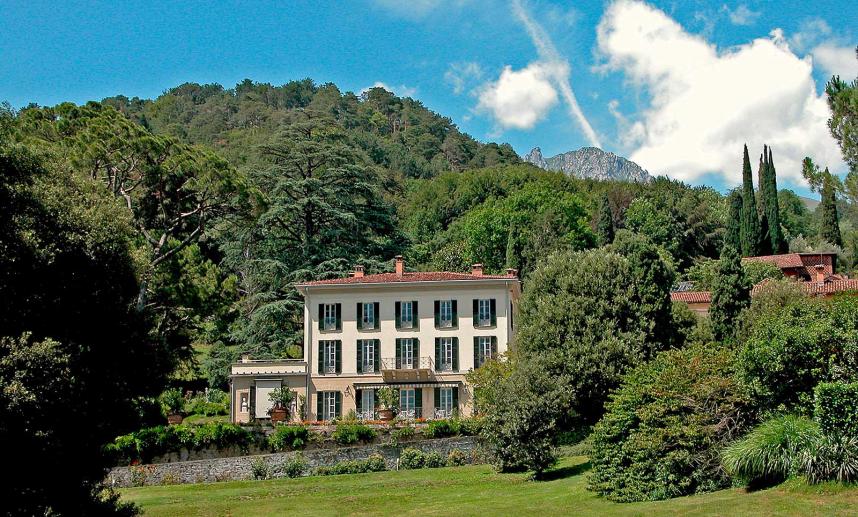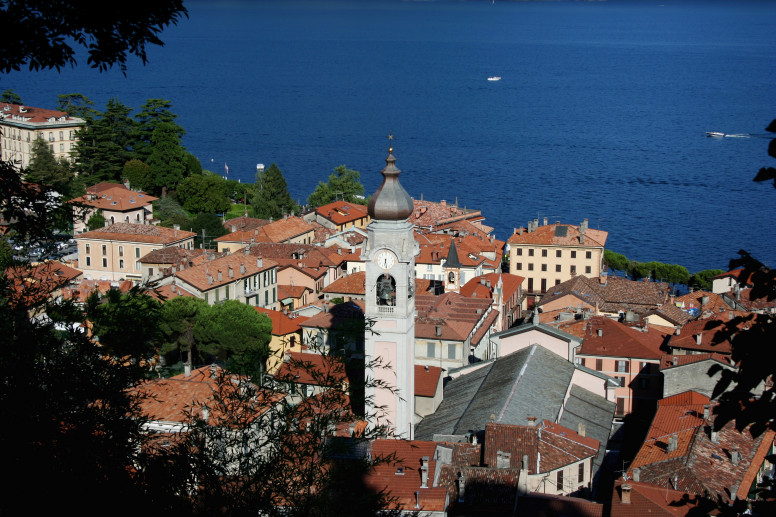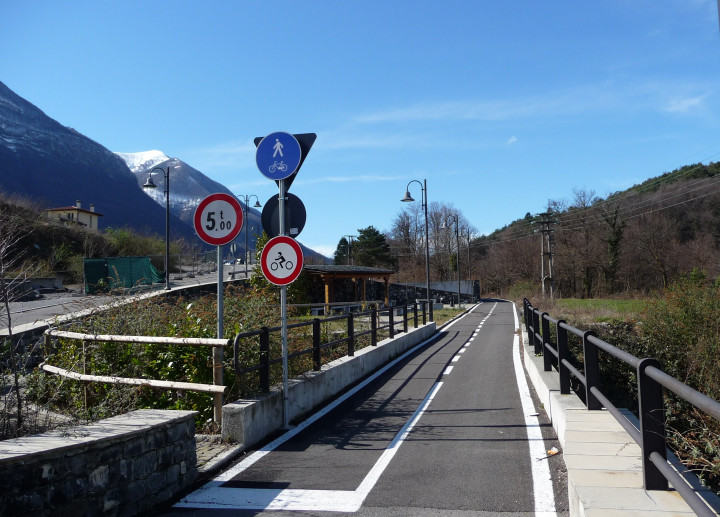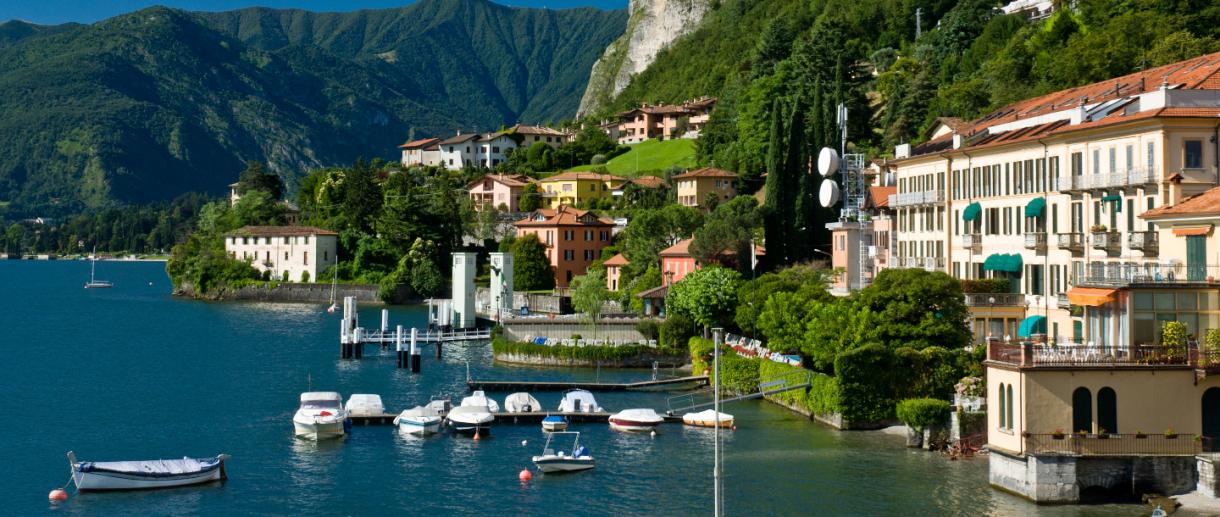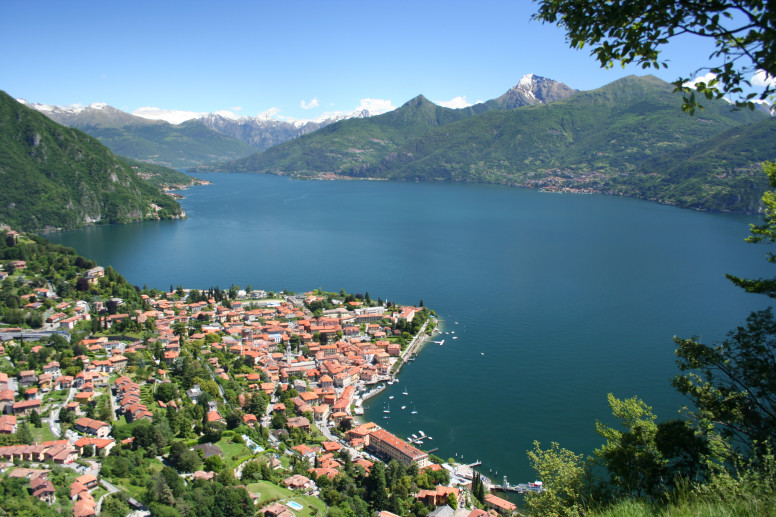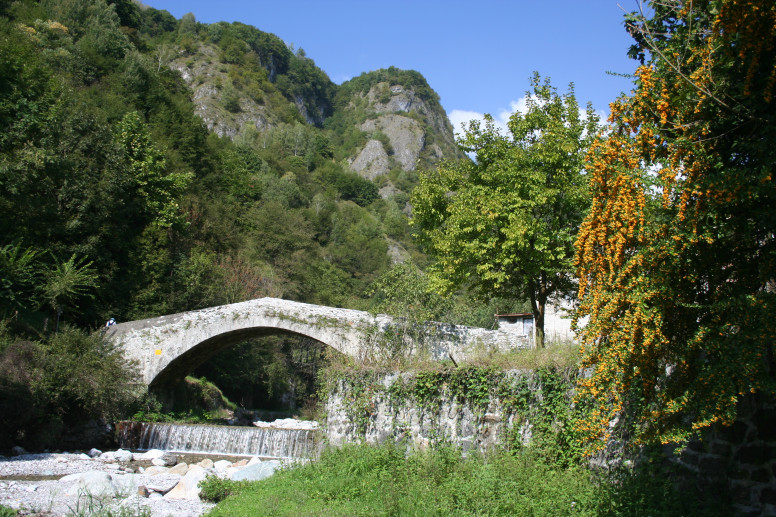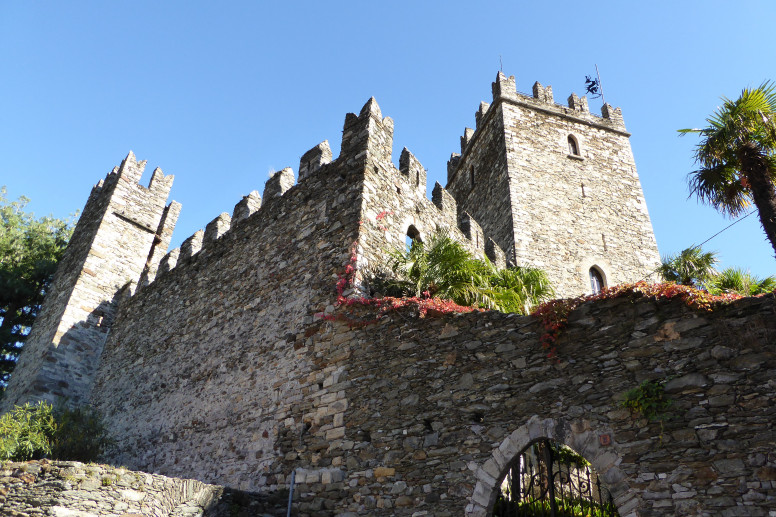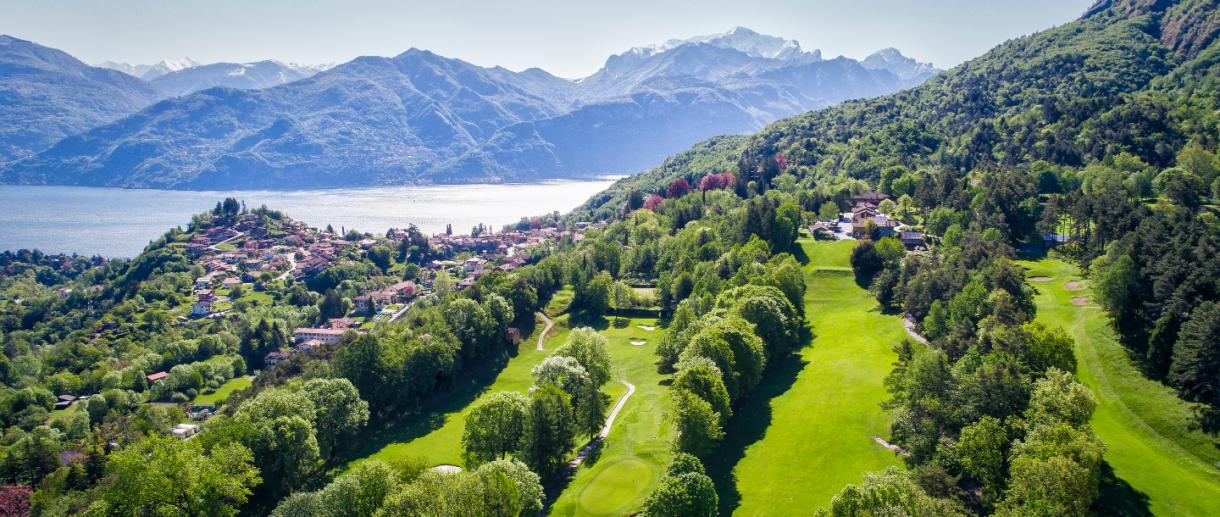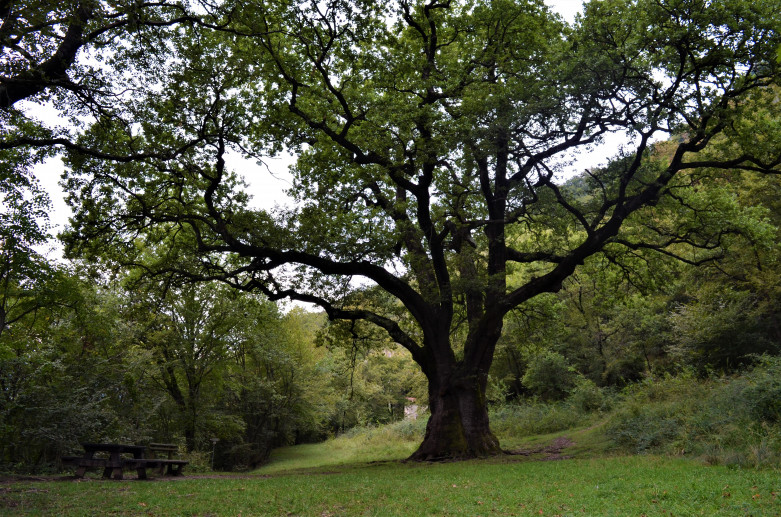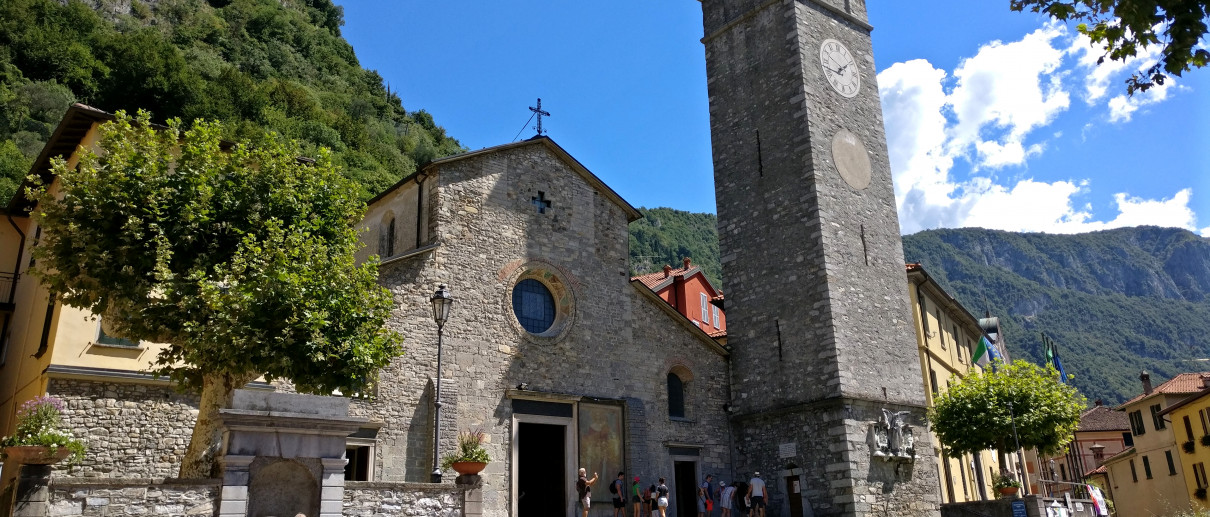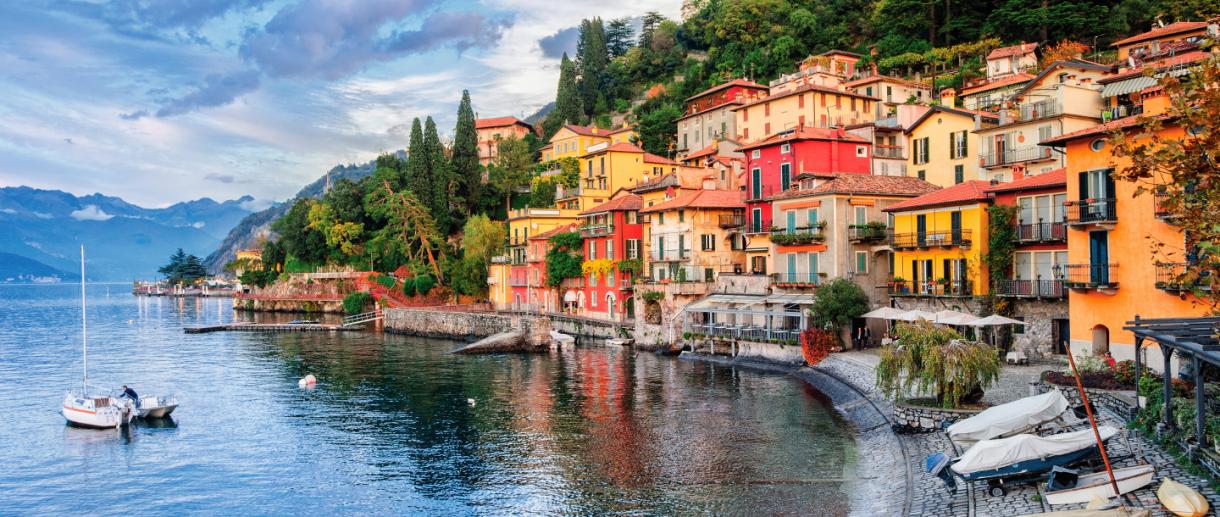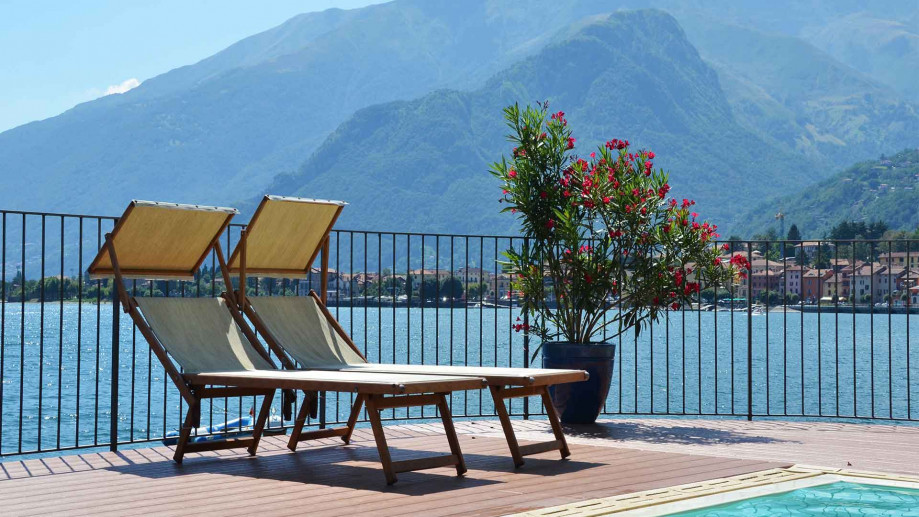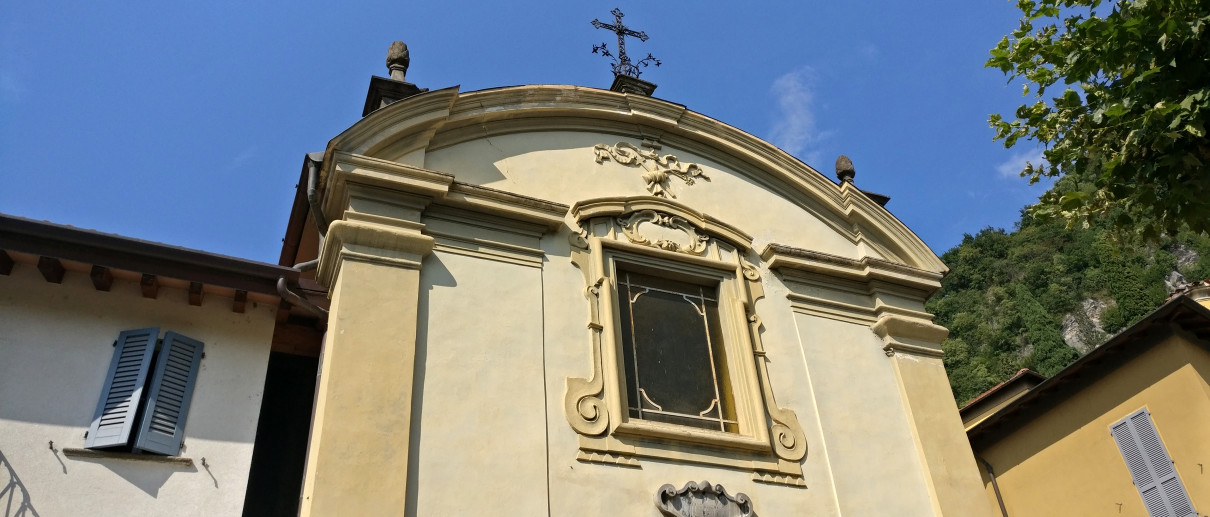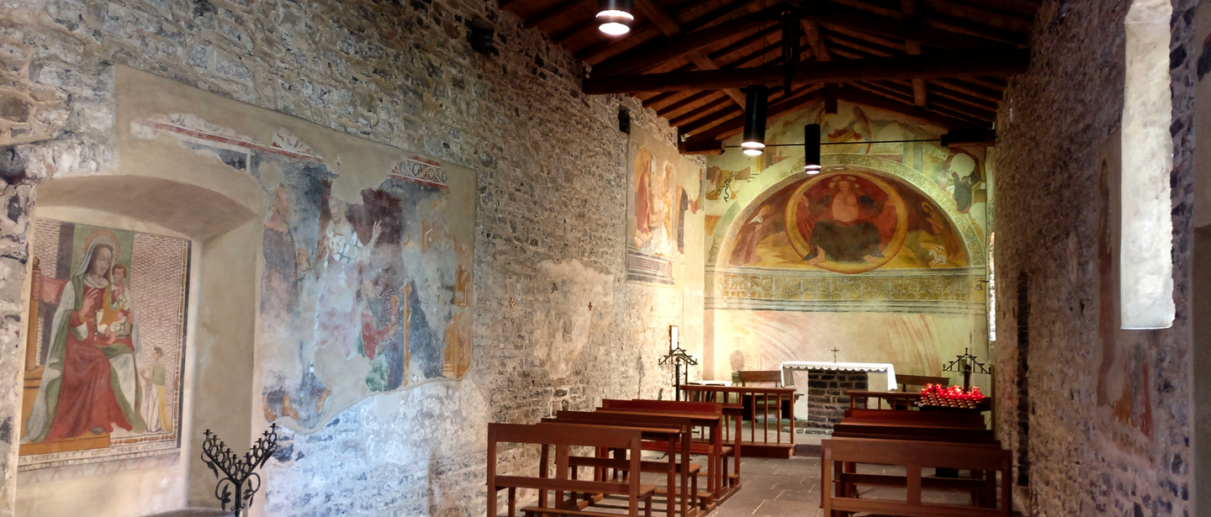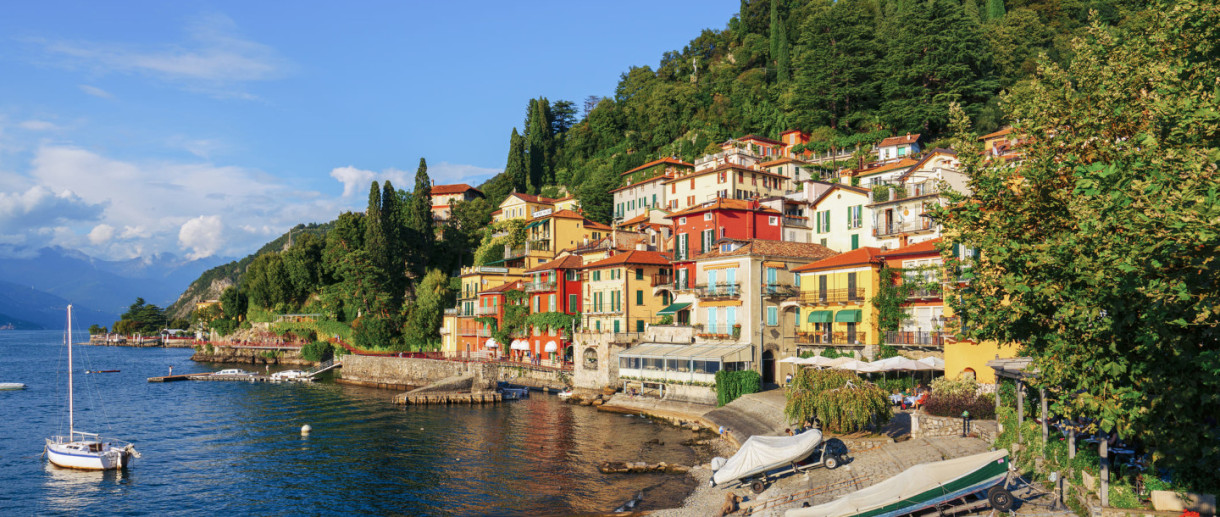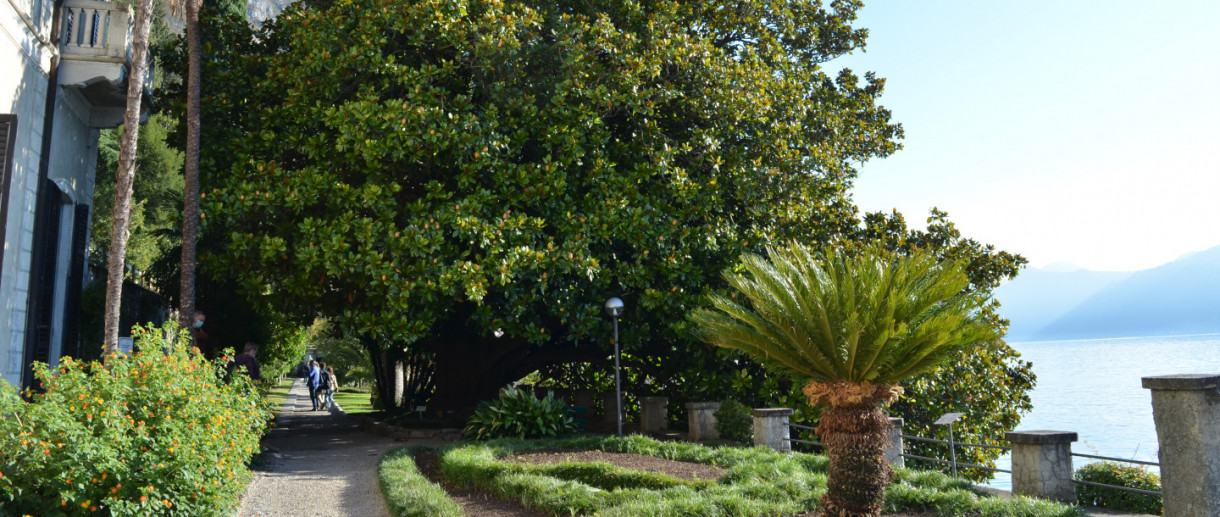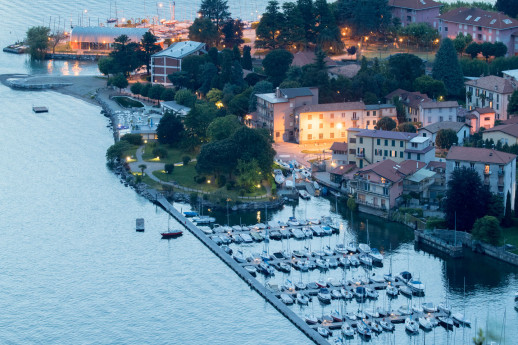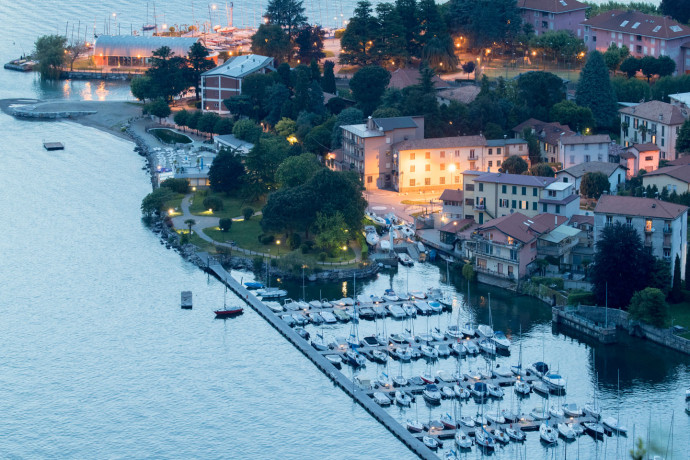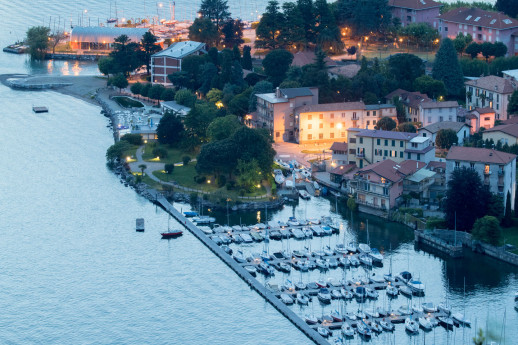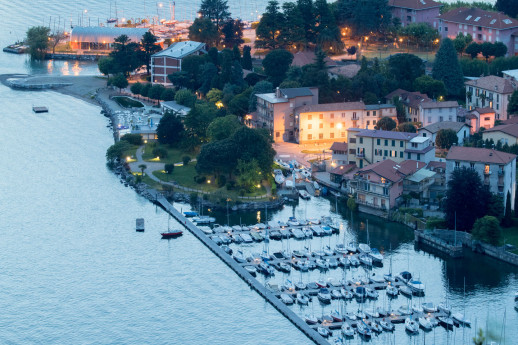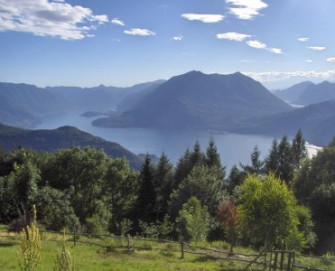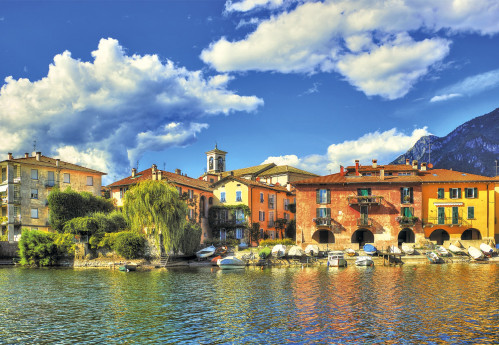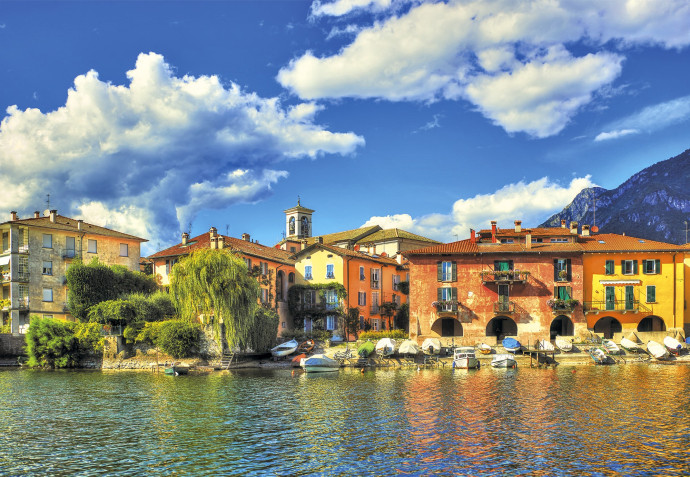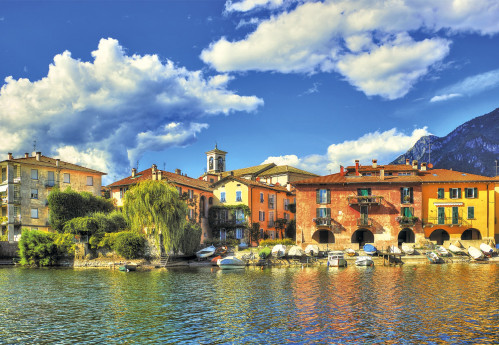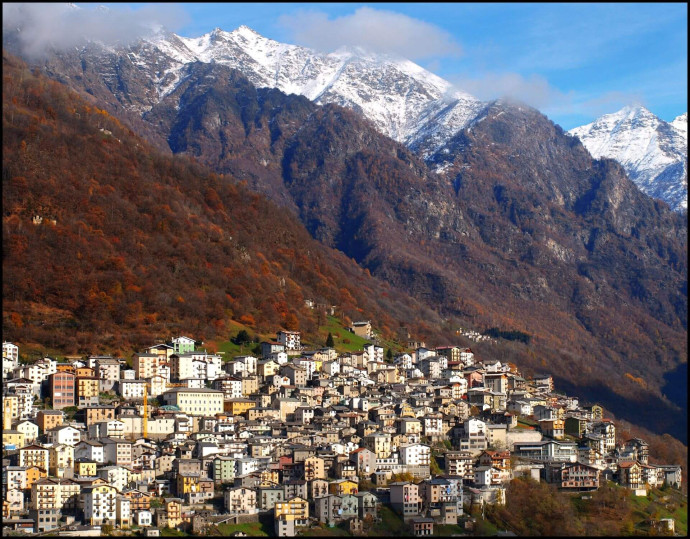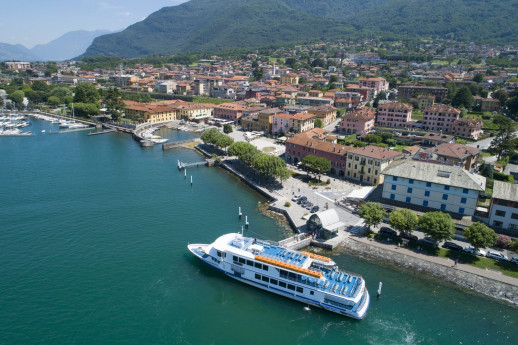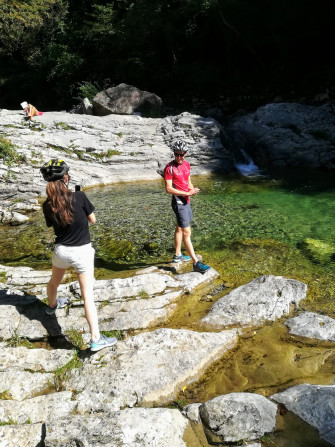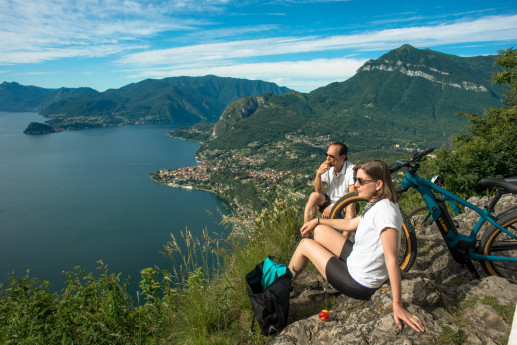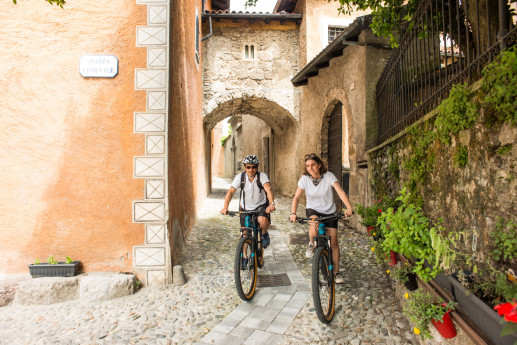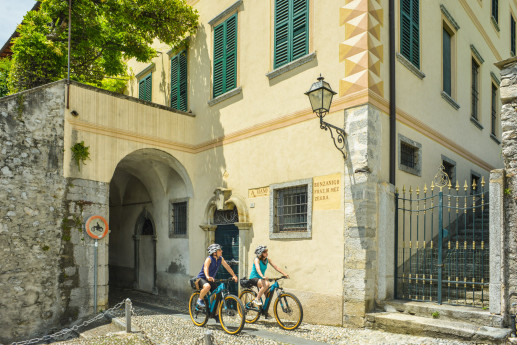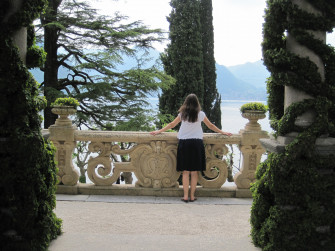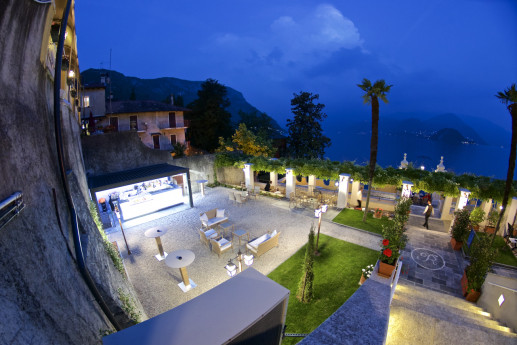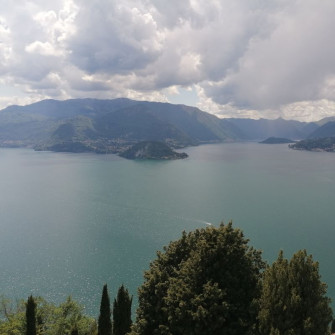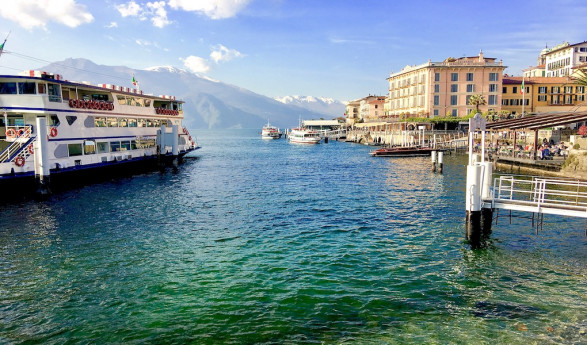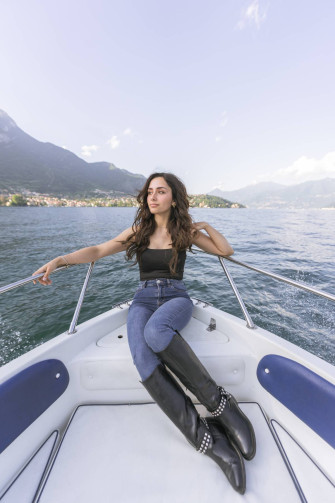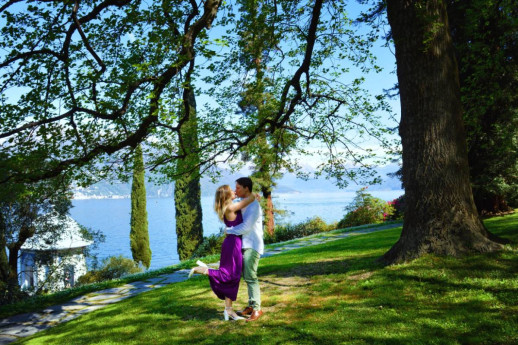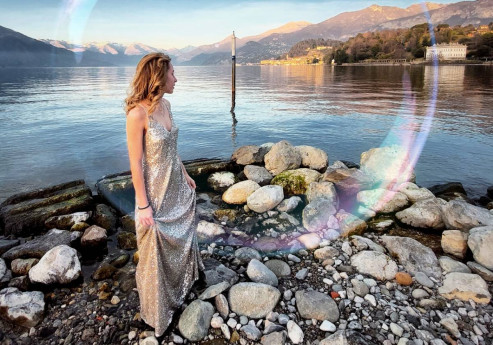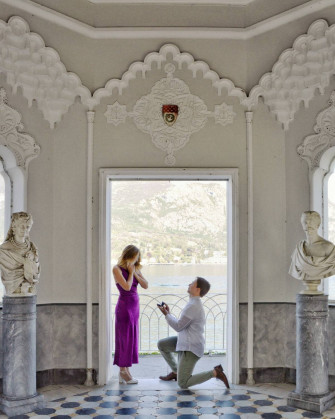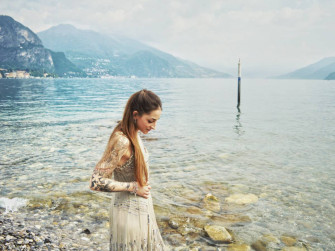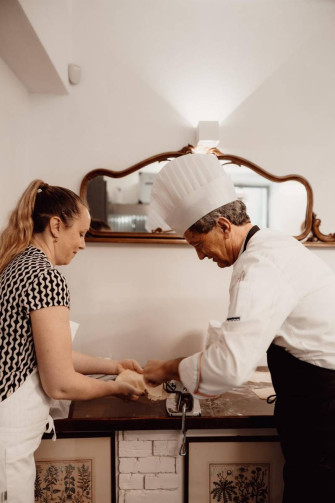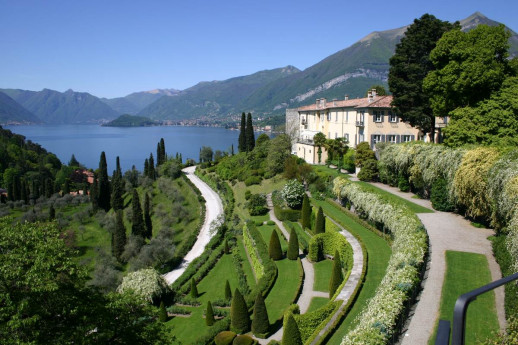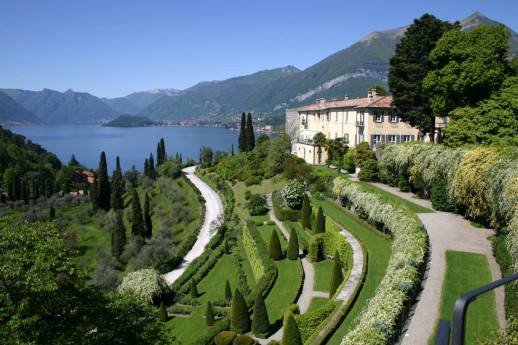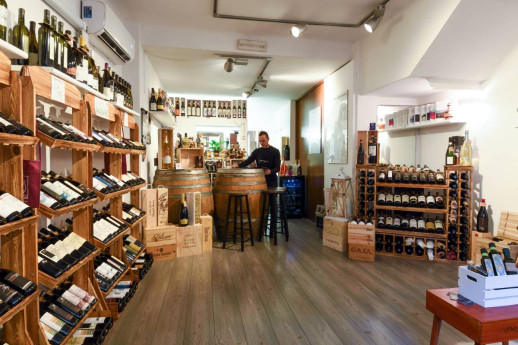- Art & Culture
- Villages
Walking tour through Menaggio
Historical itinerary along the main sites of the town
Our itinerary starts in Piazza Garibaldi near the tourist information office. This lovely walk through the town takes about 1 hour and will lead past the main sites of Menaggio. In case there are children walking with you, we suggest the amusing puzzle tour you can do together with this itinerary.
From Piazza Garibaldi pick up Via Calvi and half way up the street on the right you find the church S. Marta. On the facade you can see the Roman memorial plaque of Minicio Exorato, a notable of the empire; above it the town-arms. Inside the church there are some interesting paintings of the 17th century.
At the end of Via Calvi is the parish church of S. Stefano of very ancient origins whose original Roman structures have however been lost; even the orientation itself is in the opposite direction of its primitive setting. The church has three naves which, in 1899, were covered with frescoes by a local artist named Tagliaferri. Quite noteworthy is the one of the martyr Santo Stefano located in the vault of the apse. In the presbytery, two works by the painter Castelli from Menaggio. Above the altar of the Madonna, at the front of the left nave, you find a copy of a painting by Bernardino Luino depicting Maria with Jesus and an angel. The original work is now at the Louvre. The altar is surrounded by copper medallions representing scenes from the Madonna’s life. In the middle of the right nave there is a large painting of San Giorgio but the artist is unknown. The altar of “Il Sacro Cuore” is embellished with stuccoes of the 17th century by the “maestri intelvesi” (famous sculptors and craftsmen of the Val d’Intelvi who passed their experience from father to son and worked all over Europe).
When you come out of the church you turn right into Via Caronti, then at the end of the street turn right into Via Leoni. After 30 m turn left into Via Castellino da Castello. This street leads to the upper part of town where the castle once stood. On the way you pass some beautiful portals. On the corner with Via Strecioum stands the native house of P. Gabriel Malagrida, a Jesuit who was martired in Lisbon in 1761 under the despotic regime of Pombal.
The “Castello” of today gives only a faint idea of how it was in the middle ages. It was in fact completely destroyed in 1523 by the Signori delle Leghe Grigie (Graubundener). Left intact are parts of its enormous perimeter walls which you can admire at various points. The houses in the upper part of Via Castellino da Castello follow the original contours of the castle. On the facade of house number 54 there are two medieval sculptures from the XI century, a winged feline and a bust. Above the ruins of the ancient castle you find the church S. Carlo which was built in 1614. The church has a characteristic Spanish style bell tower a reminder of the period of Spanish domination in the 15-16th century. The bell tower can be seen from the centre of town.
When you reach the end of Via Castellino da Castello you continue to the left and follow Via N. Sauro. After only 20 m you pick up the street, just before a small parking lot, that runs right below the walls of the castle. Just past another small car park, you pick up Via Fabbri. At the beginning of the street, on the left, on the top of a gate, there is a sculpture of the 12th century representing the head of the bull of San Luca. Then a bit further down on the left there is a fountain called “Del Salvatore”. Above it there is a bust in relief of the 12th century which has unfortunately been damaged by time.
At the end of Via Fabbri you end up again in Via Castellino da Castello which you follow down to the right for ca. 10 m and then you pick up Via Strecioum to the left. At the end of the street continue a few meters and you come to one of the most picturesque bridges over the river Sanagra. In the middle of the bridge you can admire a relief by Vannunccini (1965) , and on the right the chapel dedicated to the Madonna di Caravaggio.
Turn back and then left into Via per Loveno and left again into Via Leoni which you follow to the end. Cross Via Lusardi, passing in front of the little church San Rocco, built in 1772, and pick up Via Roma which leads along the entrance of the Lido of Menaggio built in 1934 with its beach and swimming pool.
The walk continues along Lungo Lago Benedetto Castelli. Here you find the sculpture by Francesco Somaini, dedicated to the women silk weavers, donated to the town of Menaggio by the Mantero family, owners of several silk mills. It is made of Carrara Marble and represents a hymn to the weaving culture of Como, in which work, art and management ability are melted and mixed, following the centuries old tradition which has made Como one of the silk capitals of the world. You continue your way on the lovely lake side promenade where you can enjoy the beauty of the landscape which has made the fortune of the area. You pass the Grand Hotel Victoria built in 1885 and then you’ll find yourself back in Piazza Garibaldi.
